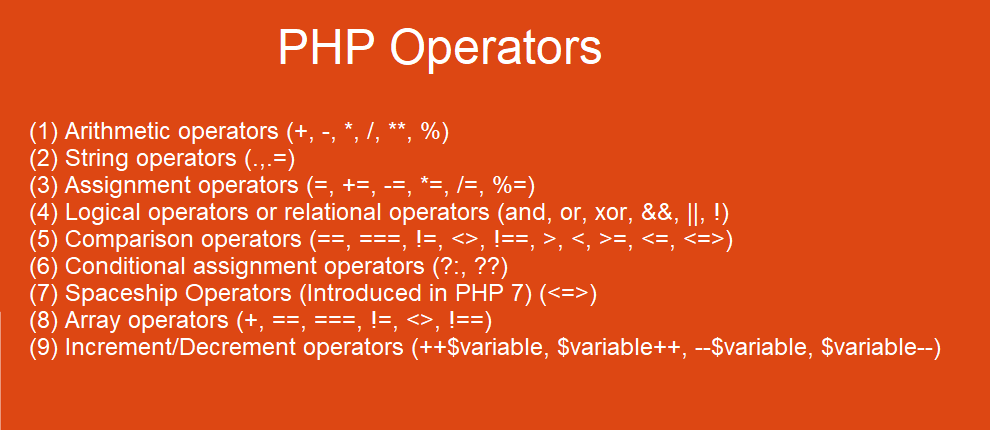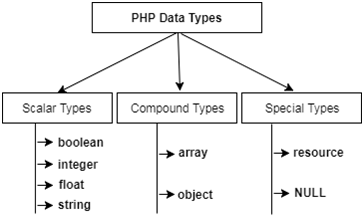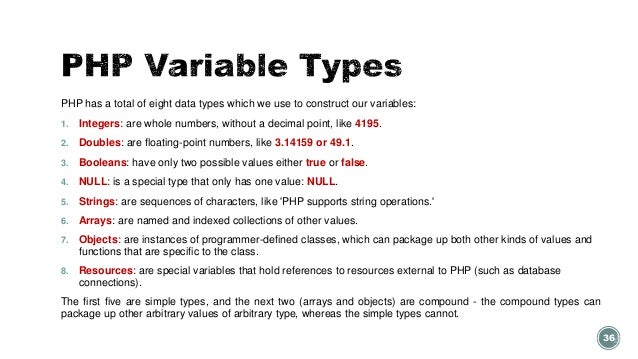Hi guys, today in this article we will discuss about the AWS Certified Solution Architect. A Solution Architect is cloud computing professional who designs the architectural of an organization’s cloud assets and works in the implementation of the of the design.
What is AWS Certified Solution Architect?

An AWS Certified Solutions Architect is a cloud computing professional who designs the building of an organization’s cloud assets and plans implementation of the design. The depth knowledge and understanding used to develop technical cloud plan that means they are much in demand. The AWS Solutions Architect also benefits the cloud relocation, trade with high-risk security and workload architecture problems.
An AWS certified architect has an individual set of people and technical skills that include:-
- The listening and understanding business requirements.
- The ability to integrate information.
- The ability to communicate with people at all levels of cloud knowledge from none to expert.
- The decision making on best tools to meet requirements.
- The basic programming, like Terraform (HCL), Cloud Formation, Python, Bash.
- The cybersecurity understanding and interest.
- The deep cloud architecture knowledge and experience.
- The understanding of software development lifecycle.
- The knowledge of continuous integration processes.
- The knowledge of continuous deployment (CICD).
- The database skills.
Who should take this exam?
The AWS Certified Solutions Architect Associate is intended for anyone with one or more years of good experience in designing with available, low cost, fault-tolerant, and scalable separate systems on AWS. But before you take this exam you should go through some points:-
One year of good experience with AWS technology, with using computer, networking, storage, and database AWS services as well as AWS deployment and management services.
- The experience deploying, managing, and operating workloads on AWS as well as applying security controls and compliance requirements.
- The knowledge with using both the AWS Management Support and the AWS Command Line Interface (CLI).
- The understanding of the AWS Well-Architected Outline, AWS networking, security services, and the AWS global infrastructure.
- The Skill to classify which AWS services meet a given practical requirement and to define technical requirements for an AWS-based application.
Roles & Responsibilities:-

The major roles and responsibilities of a Solutions Architect are:-
- The conducting architectural analysis, and style of enterprise-wide systems.
- The ensuring the delivery of strong system solutions by the appliance architecture team to the architect business.
- The developing, enhancing, and maintaining established process and procedure of service design for assuring appropriate and robust service design.
- The work with the enterprise architect for creating sure the architecture and strategic blueprints are complied with.
- By starting a part of a high-performance solution architecture team that ropes the developmental effort of a business-oriented project.
- The planning, designing, and executing complex company level solution configuration.
- The preparation and presentation of a test plan, lab reports, technical presentations, and analyst briefings for covering different solution areas.
- The collaborating with the IT development team for ensuring suitable translation of architectural solutions into robust and effective implementation.
- By identifying the customer requirements, analyse the alternatives, and conduct product recommendations related to the platform, software, and network configurations.
- The initiate contact with the client to provide a complete team effort.
What Do AWS Solutions Architects Do?

There are many vital core services that an AWS Solutions Architect that must have to get the job done. Let us take a look:-
- They Meet With You:
But before the work begins, an AWS solution architect that will meet with you and your team to learn about your needs and any problems you have with your existing systems. This type of practical discovery is likely to involve a series of face-to-face onsite and remote meetings.
Your AWS solution Architect will come into contact with many members of your organization as your cloud journey progresses. Utmost particularly, the key decision-makers and people with little or no technical knowledge.
- They Dive Deep Into the Details:
Now the stimulating part begins. Your AWS solution architect will work with your in-house IT teams to create a climbable cloud solution that is both secure and easy to uphold.
An AWS solution Architect uses software to make diagrams of your target cloud architecture. It means that you get a clear and precise picture of how your applications and other infrastructure will work once completed in AWS.
A capable AWS has impeccable time management assistances. Not only do they listen to your needs, but they can also write scripts, work on relocations, troubleshoot, find and rectify disorganisations, and stay up to date with new AWS features.
- They Work with You Throughout Every Step of the Project:
The final aim of the AWS Solution architect is to provide you with a secure, hardy, cost-effective, climbable, and working solution that’s easy to manage.
In this volume, architects produce designs and plans for application based on technical discovery meetings. They will classify the best technology for you and make choices to create the best possible solution.
At every step, the architect mentions back to their client’s input and needs. The communication is a crucial part of the process.
- They Ensure a Timely and Cost-Effective Solution That Meets Your Business Objectives:
An AWS solution architect’s role is to provide customers with a reasonable and cost-efficient solution that’s delivered on time. Any of the business, and whatever its size, is concerned with its lowest line. You solution architect will be aware of this and scale your solution accordingly.
It is an AWS Solution Architect’s role to take project limits into accounts, such as budget, time, resources, risk, and scope.
Benefits of AWS Certified Solution Architect?
If you are conscious of what AWS is and its different benefits that you will get after completing the certification, you would not be giving force to know toward know the scope and advantages of this course. Because everyone knows that AWS is the leading cloud service provider because of its cost-effective service which helps every organization to grow. Not only the cost-effective but also its service scalable and ideal for different business sizes. Also, its method to follow difficult security measures to safeguard, maintain, and monitor the data centre makes it the best option to use cloud service. And not to reference, this is the reason AWS is ruling the list of cloud service providers. So, if you are eager to learn cloud technologies and invest your time to grow your skills, there is no better option rather than choosing the AWS Solutions Architect Associate course.
The certifications always play an important role in any profession. It is considered as one of the best way to control one’s reliability and worth in the professional career. The same thing is applicable in DevOps, if you are a certified AWS professional then you will get certain benefits:-
- The AWS Certified Professional certification assures recruiters that the AWS professional whom we are going to hire has the skills, knowledge, and capability to perform the tasks expected from them after hiring.
- The AWS as technology is controlling the job market. The AWS engineer ranks 2nd on Glassdoor’s best jobs rankings. The role of AWS certified professional has seen a 200% jump in postings on indeed” according to SD times report.
- This certified course helps anyone who seeks to make a career as an AWS professional.
- The AWS Certified Engineer is one of the most highly paid job roles in the world. The Pascale even for junior-level AWS practitioners is little bit high.
Conclusion:-
I hope this article enhances you about the concept of AWS Certified Solution Architect. The AWS solution architect is a cloud computing professional who designs the building of an organization’s cloud assets and plans implementation of the design. The depth knowledge and understanding used to develop technical cloud plan that means they are much in demand. And if you want to want to learn AWS then you should see this video.
Thank You!


































